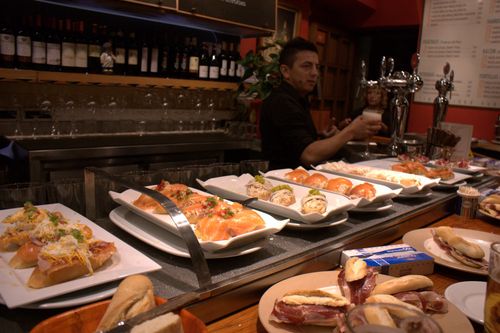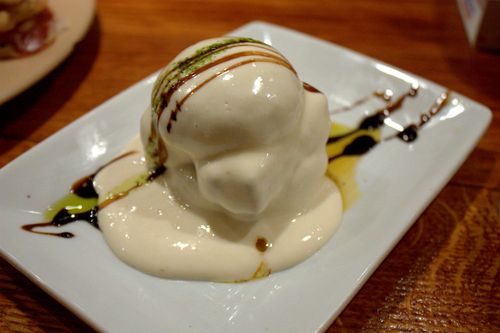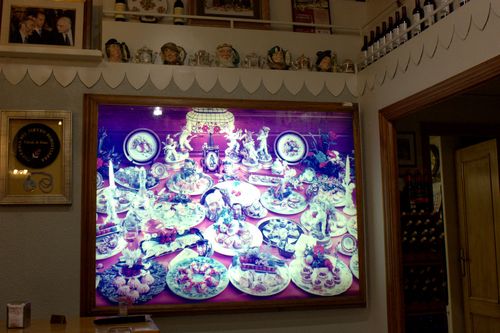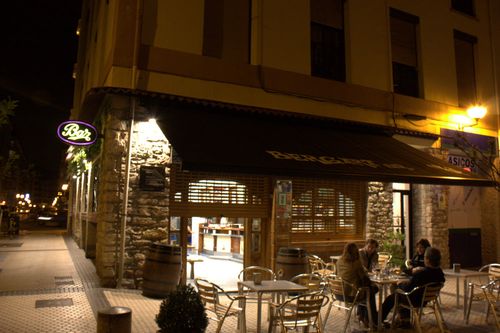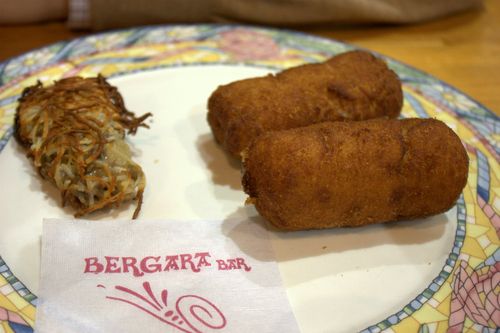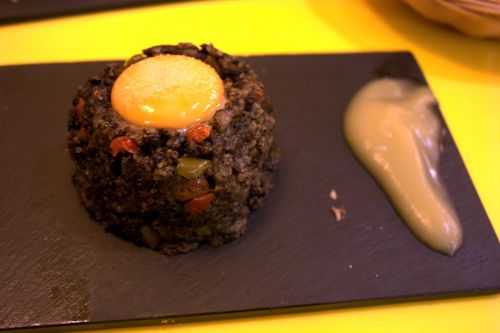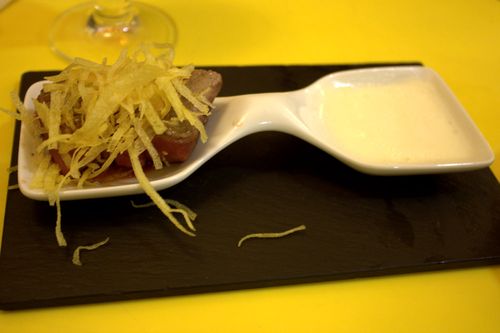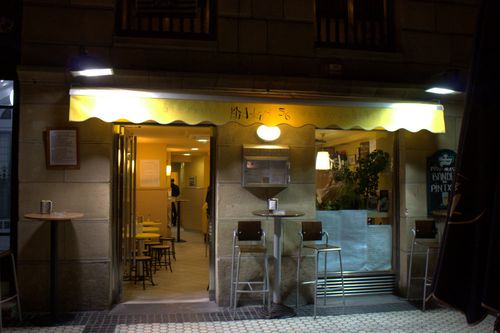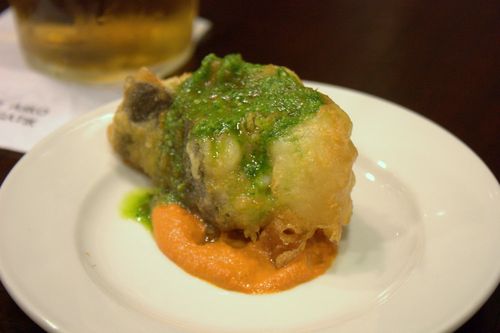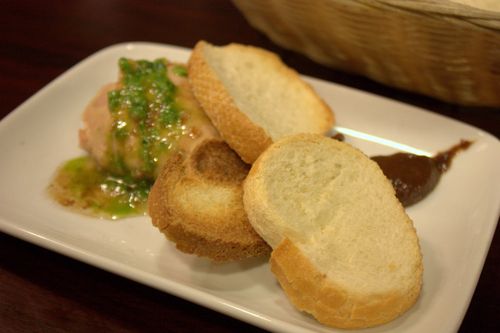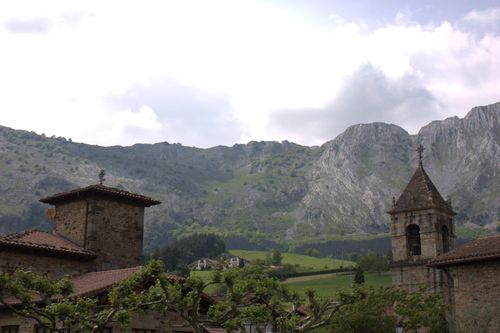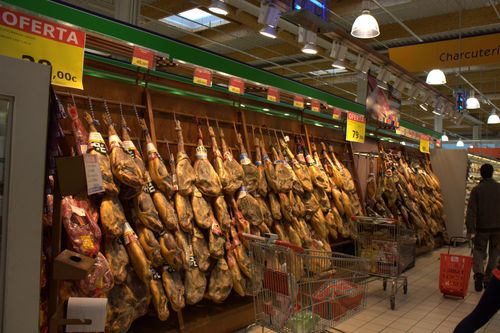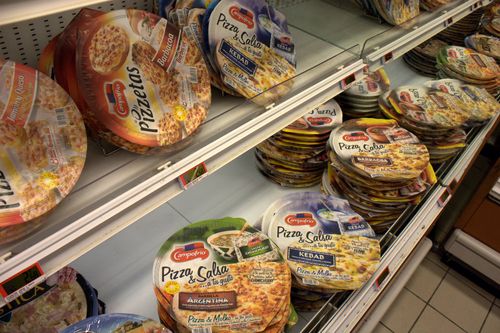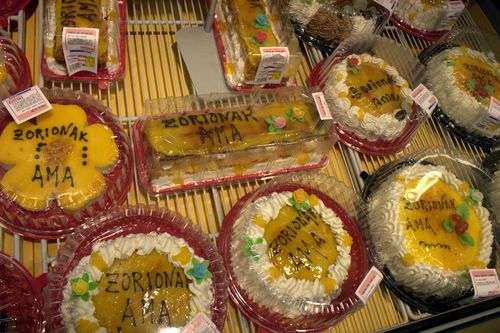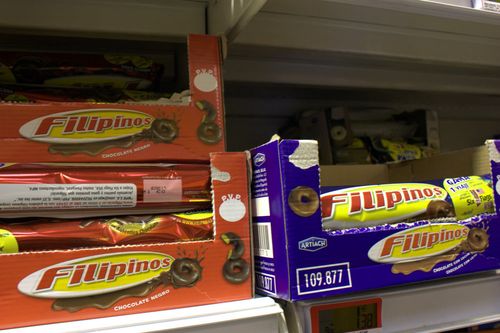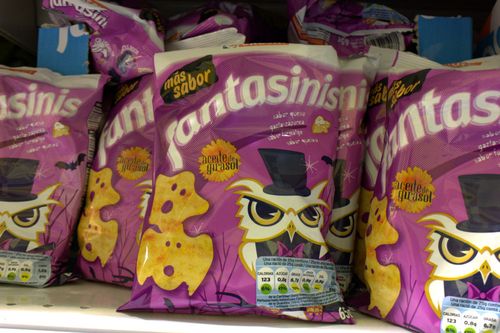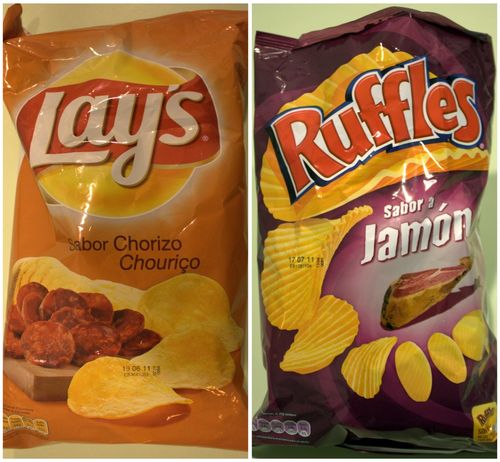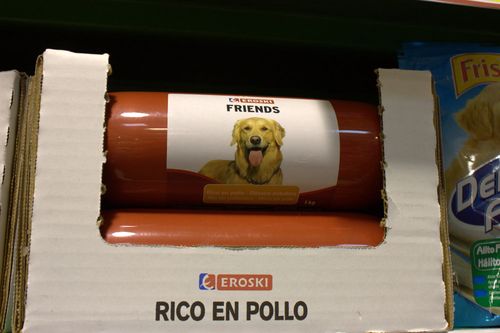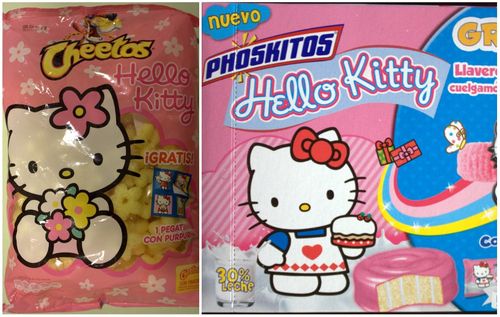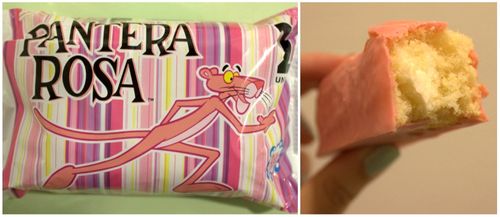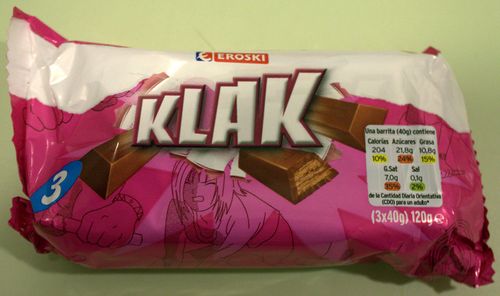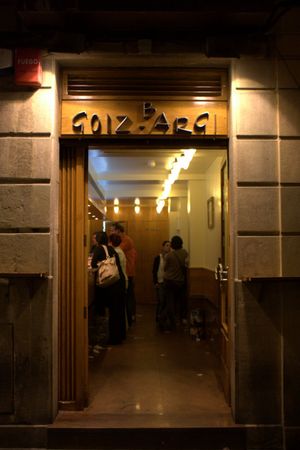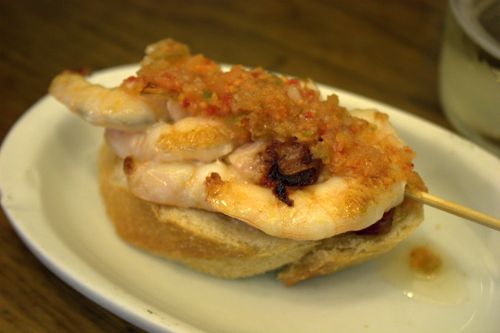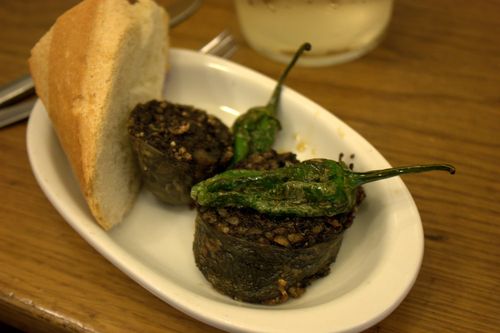 Zeruko, where foie gras hides in every crevice and otherwise responsible adults leave sleeping infants unattended in strollers out front, turned out to be one of my favorite places to eat in San Sebastián. (In the late ‘90s a Danish mother got into serious trouble for employing this carefree parenting style in NYC—at a Dallas BBQ, no less.)
Zeruko, where foie gras hides in every crevice and otherwise responsible adults leave sleeping infants unattended in strollers out front, turned out to be one of my favorite places to eat in San Sebastián. (In the late ‘90s a Danish mother got into serious trouble for employing this carefree parenting style in NYC—at a Dallas BBQ, no less.)

You see, pintxos bars are tiny, often narrow places, many standing room only and even though they are now safe for forming lungs (smoking was finally banned indoors in Spain at the start of 2011, much to the dismay of my loving-to-smoke-on-vacation self) parents haven’t taken this as the signal to start maneuvering strollers inside. Clue number one that I wasn’t in Brooklyn anymore.
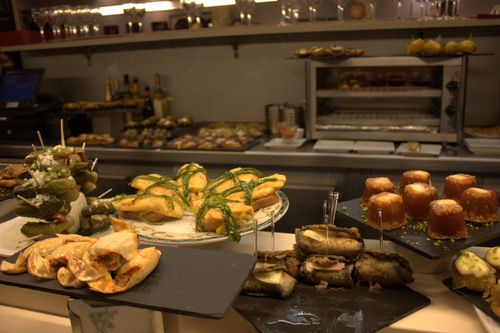
Clue number two was the pricing. I’ve thought about why pintxos bars don’t/couldn’t thrive here (Txikito being the only example I can think of). We have plenty of small storefronts and a love of creative food, but the ingredients would demand higher prices, as too the rent, and a small $12 plate of food—what I could see being charged in NYC—would make the whole thing overly precious.
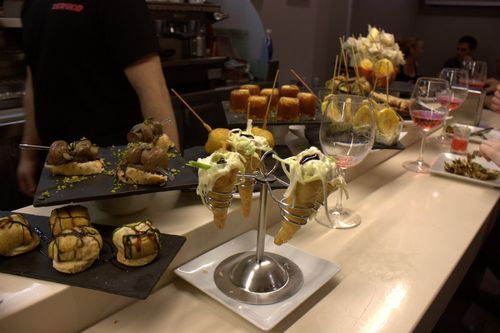
In San Sebastián you may only have a little glass of wine (beer, cider are also acceptable) for the equivalent of $2 and one dish, maybe $4, and consume it in less than ten minutes. Time to move on to the next spot. Your 5 euro meal—something to savor, but not to fetishize—has earned you a brief spot at the bar or a ledge.

Now, allow me to fetizishe the food. Zeruko differed from standard approach where cold dishes are displayed on the counter and warm ones are listed on a chalkboard menu to be ordered sight unseen on description alone. Here, everything available was piled onto the counter and there was a menu, some of the two matched up and most items if pointed at or asked for would be whisked to a back kitchen and gussied up in some manner.
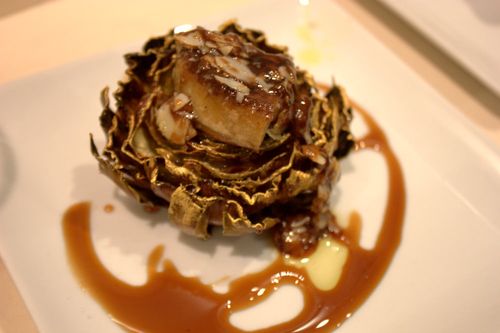
Like the artichoke I saw being consumed by many. I mangled the word alcachofa with anchoa (anchovy) and had to point to sort things out. I wanted something light and vegetable-based. Ha, but what I was eventually served was deep-fried, stuffed with foie gras, painted in gold leaf and surrounded by a swirl of caramel sauce; a rich wallop consumable in a few bites. So, this is how it’s done at Zeruko.
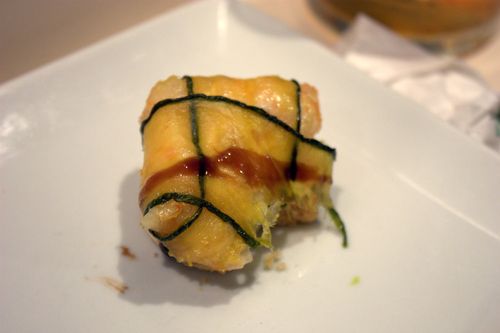
A simpler package of something fishy, likely bacalao, swaddled in thin zucchini slices served straight from the counter.

Langostino glass (I know this is the official name, even though I don’t understand the glass part, because on our second visit we ordered from the menu rather than picking by sight) turned out to also contain foie gras, possibly the most popular ingredient after mayonnaise in the region, along with a fruity compote. Foie gras was almost always paired with fruit and 95% of the time, apples. In this case, though, berries.
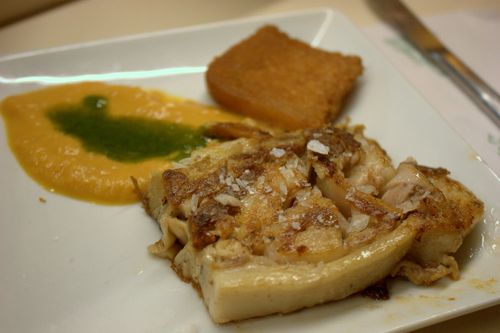
Taco de cochinillo lechal confitado con mostaza dulce y Grany Smith. Once again, the taco that wasn’t. This time it turned out to be a square of suckling pig.
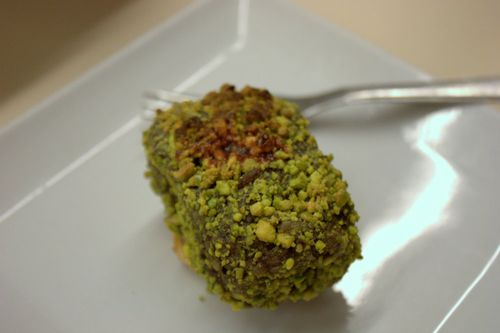
Morcilla y foie rebozado con pistachio. Yep, more foie gras, blended with blood sausage, encrusted in pistachios and drizzled with raspberry sauce. Our drizzle was more of a dried-on speck because I asked for this dish just as they were about to toss out three that had been ordered and not wanted. Would I be ok with one of these? Yeah, I ate someone’s reject.
I did not try their famous “la hoguera,” featured on the cover of the one book I bought, Pintxos de Vanguardia a la Donostiarra. It’s likely you’ll see at least one person (usually whole groups) with the diy charcoal smoked cod atop a mini grill. It draws attention—just like a sleeping baby left alone in a buggy.
Bar Zeruko * Calle Pescadería 10, San Sebastián, Spain
 Munto isn’t a bar you read about on blogs or in travel articles. It’s “regular” (pronounced in the way I can’t do: reg quickly with a rolled R, then goo lar). I popped in because it wasn’t unbearably crowded, but not in a warning sign, stay away manner. (Never mind, that as soon as I scored a stool, a group stumbling, singing–Euro sports fans, always with the chanting–soccer celebrants took over.)
Munto isn’t a bar you read about on blogs or in travel articles. It’s “regular” (pronounced in the way I can’t do: reg quickly with a rolled R, then goo lar). I popped in because it wasn’t unbearably crowded, but not in a warning sign, stay away manner. (Never mind, that as soon as I scored a stool, a group stumbling, singing–Euro sports fans, always with the chanting–soccer celebrants took over.)

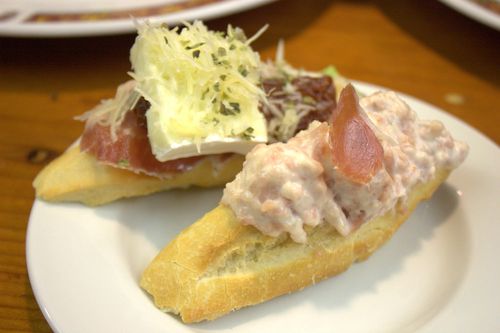
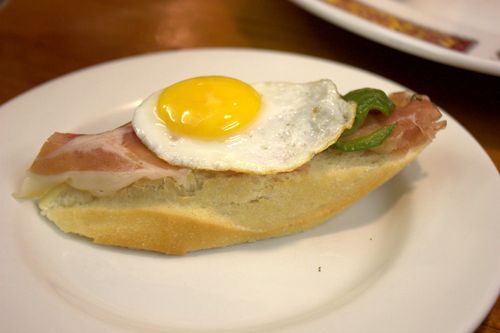
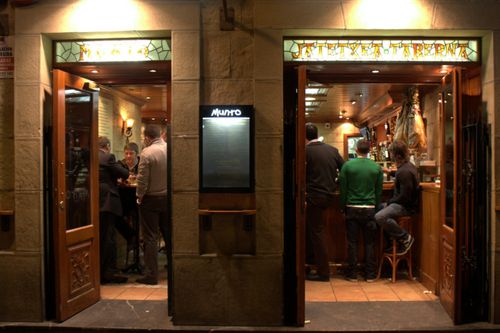
 Follow
Follow


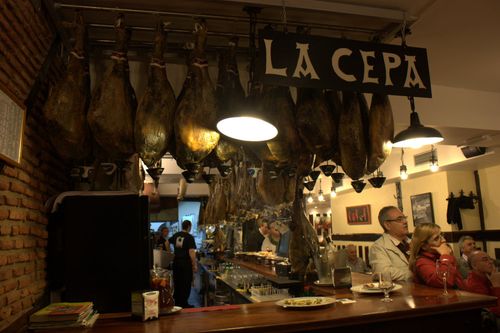
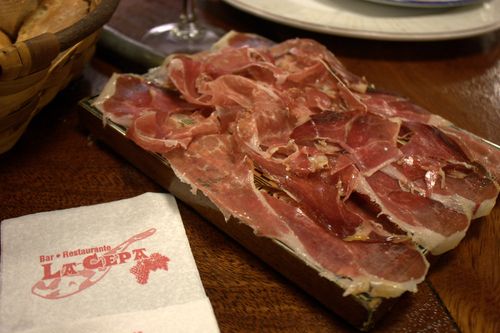
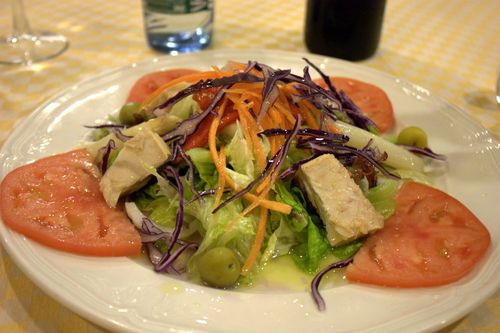
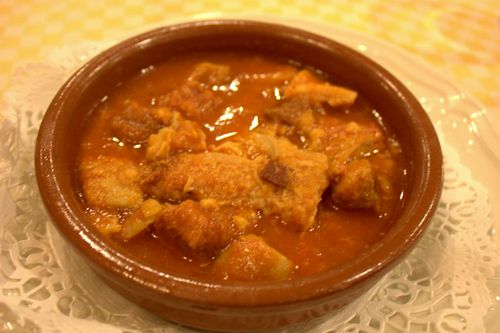
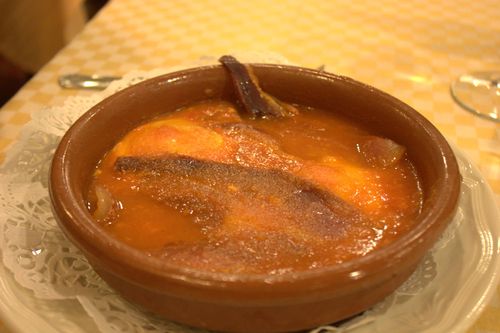
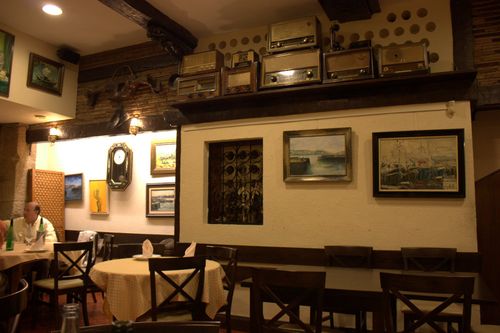

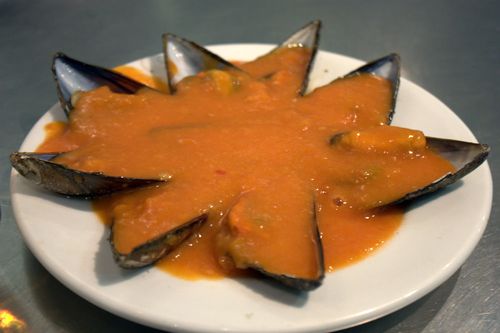
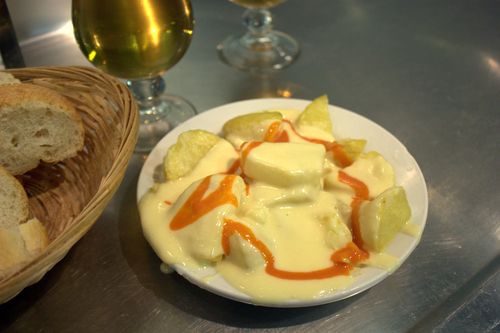
 I thought I was becoming a seasoned pintxo-orderer by the time I ended up at Casa Senra, mid-way though vacation. Apparently, I still had fear in my eyes. “No tiene miedo!” said the young man behind the bar, nudging us to just pick up a plate and start plopping things on it. (Not all places are d.i.y., though, which is why I was waiting to see if another customer just jumped in or had things plated by staff.)
I thought I was becoming a seasoned pintxo-orderer by the time I ended up at Casa Senra, mid-way though vacation. Apparently, I still had fear in my eyes. “No tiene miedo!” said the young man behind the bar, nudging us to just pick up a plate and start plopping things on it. (Not all places are d.i.y., though, which is why I was waiting to see if another customer just jumped in or had things plated by staff.)